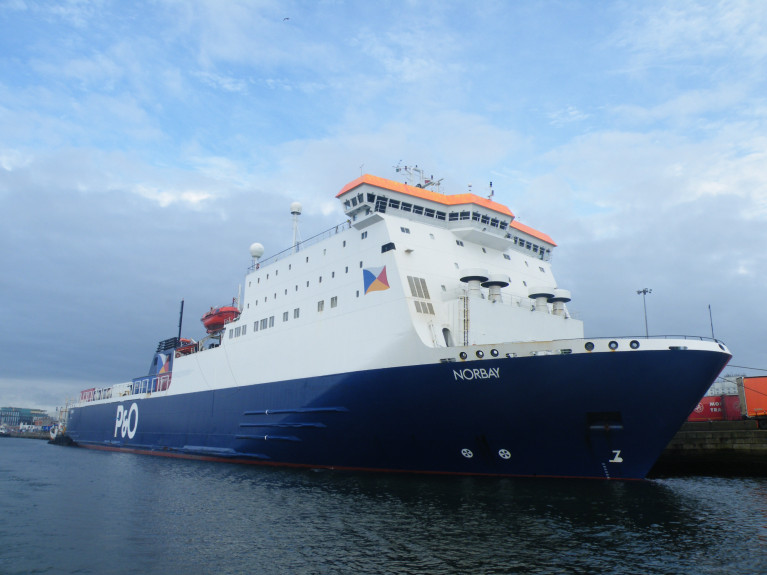Displaying items by tag: Dispute Over
P&O Detained Ferry Sets Sail after Furious £570,000 Liverpool Port Fees Row Resolved
A deadlock was today (yesterday) broken in a high-profile business bust-up which meant a detained ferry carrying key supplies back and forth across the Irish Sea (to Dublin Port) could leave Liverpool.
Top level talks have been ongoing since Thursday when the Liverpool Echo exclusively revealed how the Norbay, a P&O Ferries vessel was stranded in Seaforth.
It followed a dispute with Peel Ports, who own and administer the dock facilities of the Port of Liverpool, and who demanded a cheque for nearly £600,000 of what they claimed were outstanding fees.
P&O disagreed with that figure, believed it was two thirds that amount, and asked for flexibility to pay the bill at a time when they are losing many tens of thousands pounds a day in revenue due to the global pandemic lockdown.
The shipping company also added that their key contact at The Mersey Docks and Harbour Company had been furloughed without their knowledge, interrupting their communications.
Now, an agreement has been reached, allowing the Norbay to set sail for Ireland within the next few hours (last night), if necessary.
Afloat tracked this morning the Norbay which departed Dublin Port and is currently returning to Liverpool and from where Norbank is bound in the opposite direction.
Also tracked departing Dublin but on Sunday was the Norbank which arrived yesterday morning to the north Wales Port of Mostyn to carry out berthing trials as the Echo also reported that the company had hastily tried to pursue an alternative port.
At the Flintshire port was the pilot cutter Patrica in proximity of the ferry's berthing on the Dee Estuary where a predecessor P&O (Irish Sea) inaugurated a service to Dublin Port in 2002 but which only lasted for two years.
On the opposite side of the estuary is the Wirral Peninula in England and beyond the Mersey estuary where Norbay since Thursday of last week had remained detained in Liverpool until last night's sailing to the Irish capital.




























































